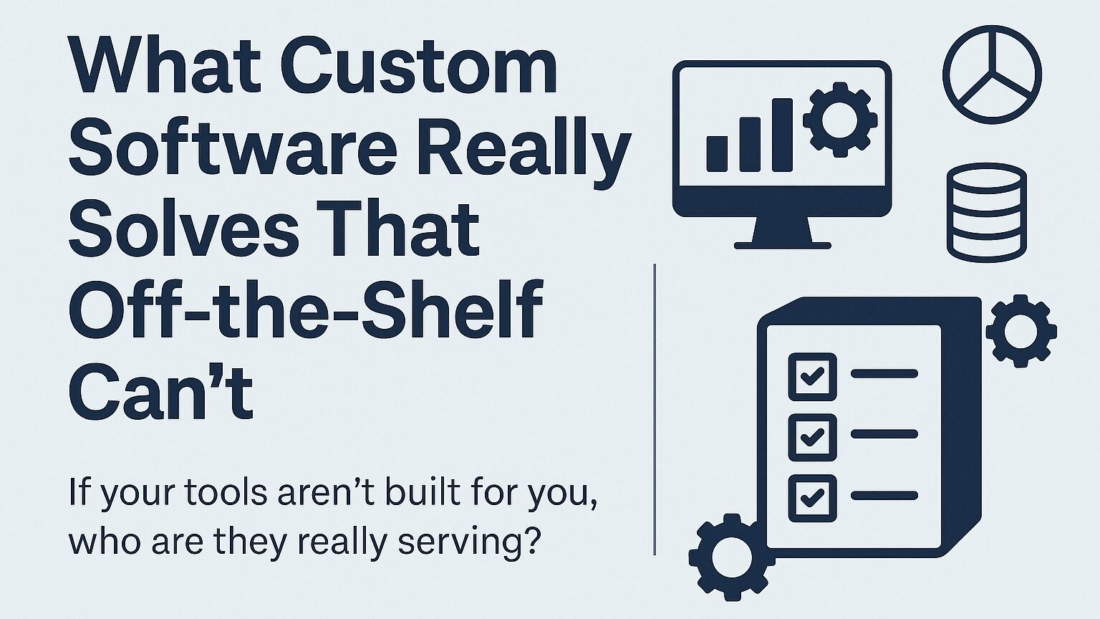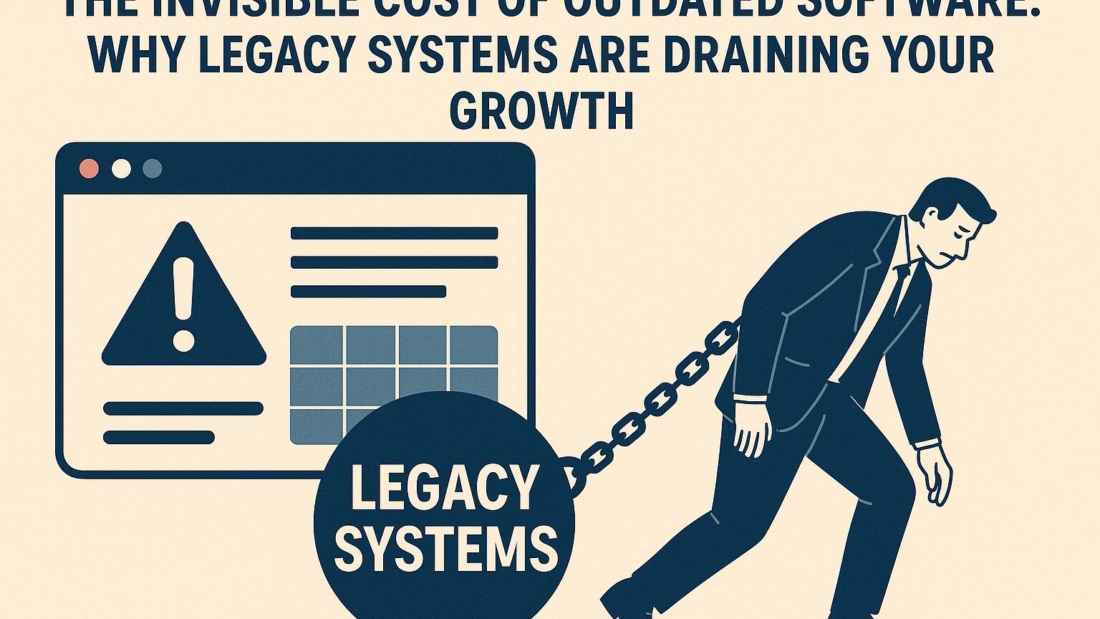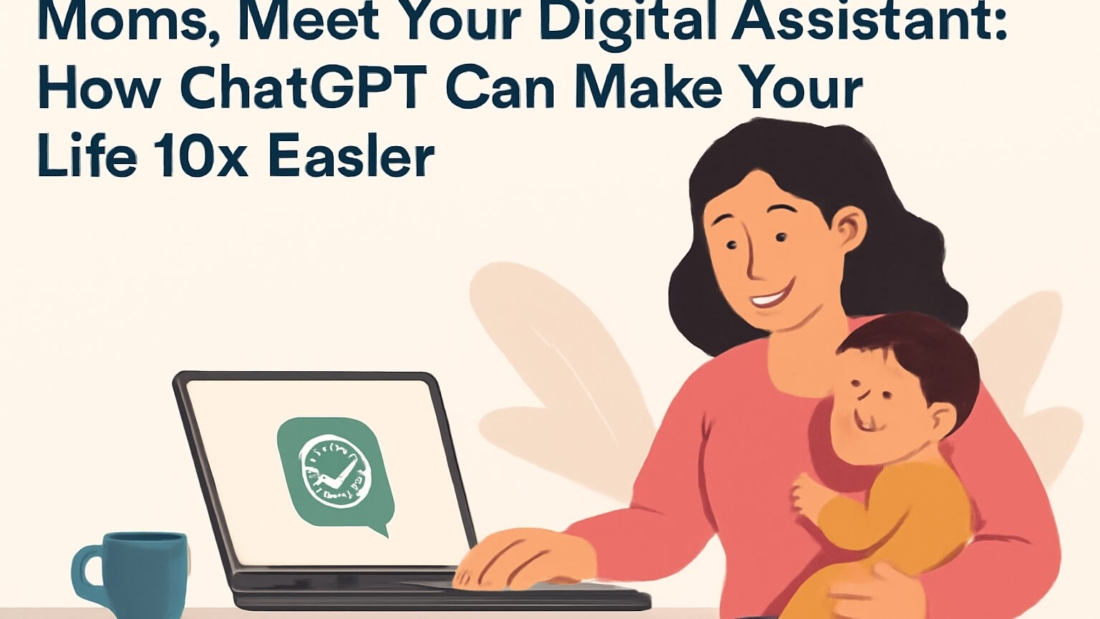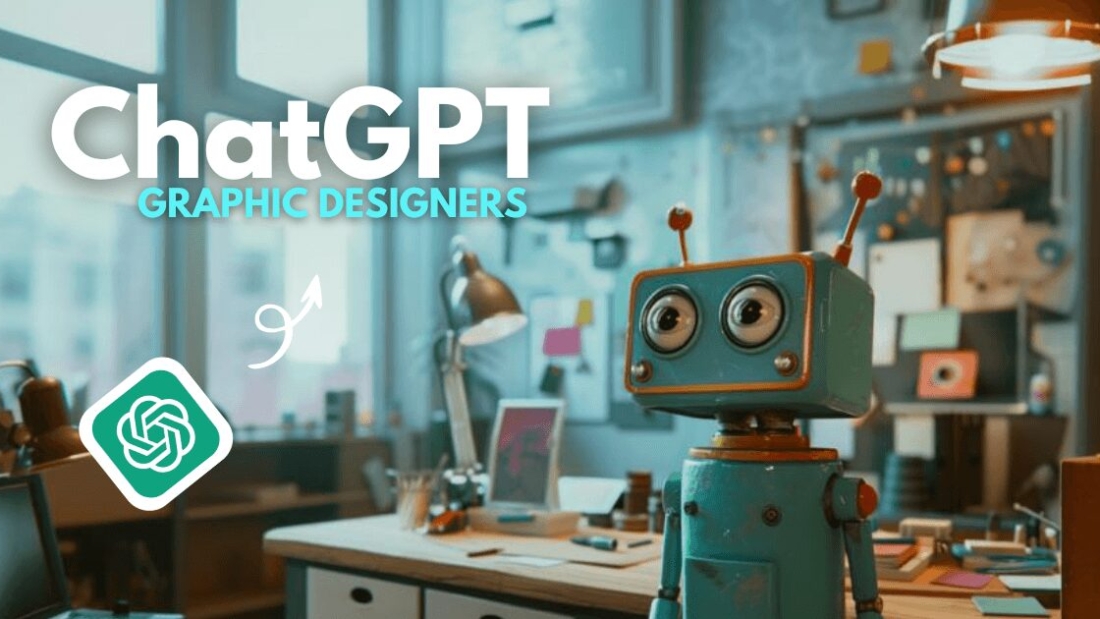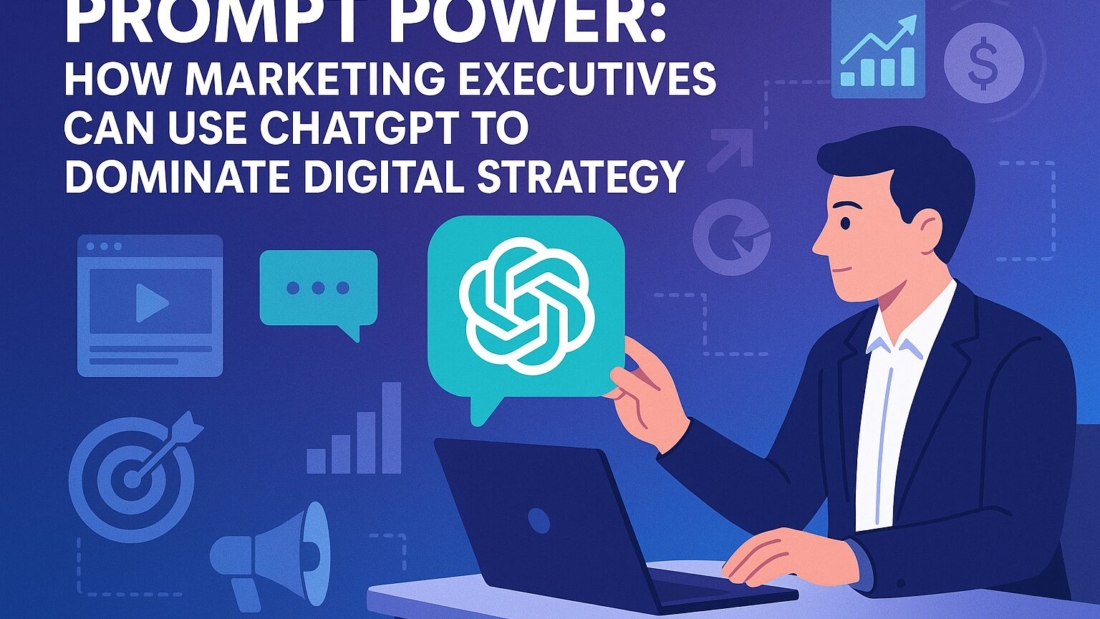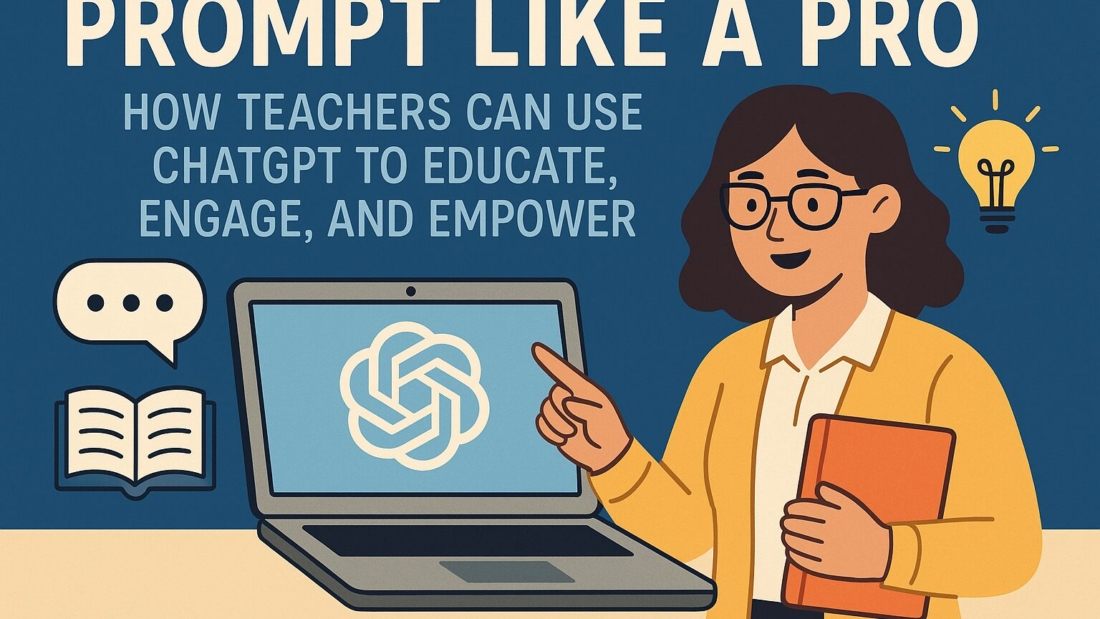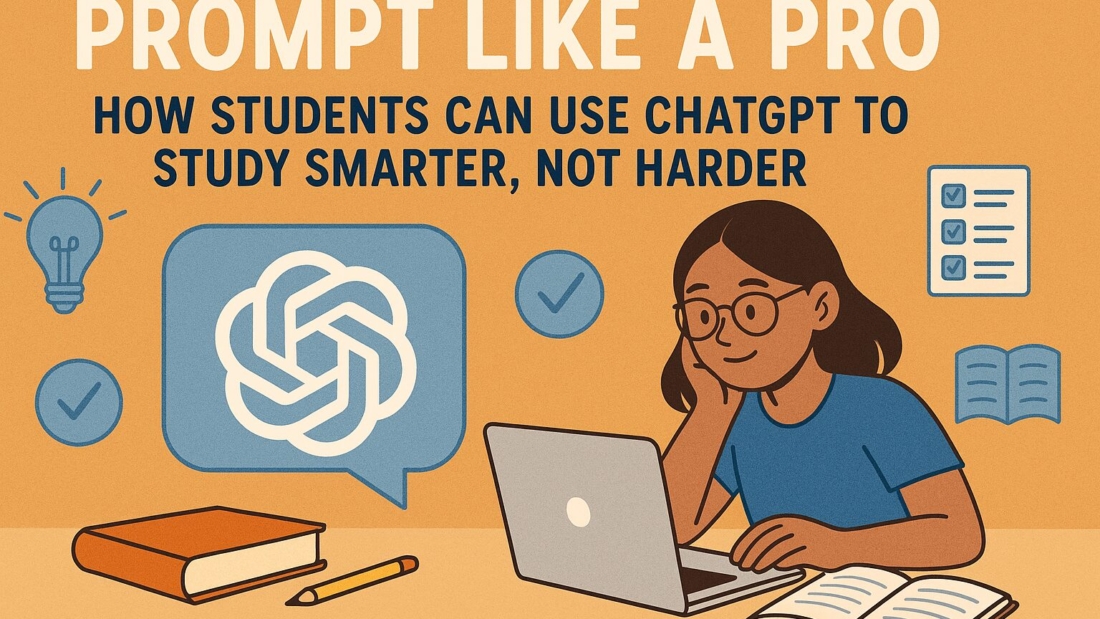In today’s rapidly evolving digital economy, businesses are redefining how they build teams. The traditional boundaries between in-house hires and outsourcing have blurred, giving rise to a smarter, more strategic solution: staff augmentation.
What’s most revolutionary? Your next team member might not sit in your office — or even your time zone — and that’s not a problem. In fact, it’s the advantage.
What Is Staff Augmentation?
Staff augmentation is the process of extending your existing team by hiring skilled professionals on a short or long-term basis. These professionals are not employees in the traditional sense, nor are they outsourced in the old-fashioned “ship it offshore and hope for the best” model. Instead, they work alongside your core team — remotely — and are fully integrated into your workflows, culture, and goals.
Think of it as hiring just the talent you need, when you need it, without the overhead of full-time employment.
Why Is Staff Augmentation Booming?
Several factors have accelerated the shift toward augmented teams:
Remote work normalization: The pandemic proved that productivity isn’t limited to office walls.
Talent shortages: Skilled developers, designers, marketers, and data experts are hard to find locally.
Scalability needs: Businesses now demand agility to ramp up or down fast, without traditional HR bottlenecks.
Global talent access: Companies can now tap into world-class professionals from anywhere — not just within commuting distance.
At LogIQ Curve, we’ve seen firsthand how businesses gain a competitive edge when they stop limiting themselves to local hiring and start thinking globally.
Staff Augmentation vs. Outsourcing vs. In-House Hiring
Let’s clear the air: staff augmentation is not traditional outsourcing.
| Model | Control | Integration | Cost Flexibility | Speed to Hire |
|---|---|---|---|---|
| In-house Hiring | Full | High | Low | Slow |
| Outsourcing | Low | Low | High | Medium |
| Staff Augmentation | Medium-High | High | High | Fast |
With staff augmentation, you stay in control. You assign tasks, oversee progress, and maintain quality standards — just as you would with an internal hire. The difference? The team member may be in another country, working independently but collaboratively.
Benefits of Staff Augmentation
1. Speed and Flexibility
Need a backend developer tomorrow? Or a PPC expert for just three months? Staff augmentation allows you to scale fast, without getting locked into long contracts or lengthy hiring processes.
2. Cost Efficiency
No relocation costs. No employee benefits. No idle salaries. With augmentation, you pay only for what you use, when you use it.
3. Access to Global Talent
Why limit your search to a 20-mile radius? The best person for the job might be across the globe — and now, you can hire them with ease.
4. Reduced Burnout for Your Core Team
By augmenting your team with specialists during peak times, you can prevent burnout, improve morale, and retain top in-house talent.
5. Seamless Integration
Unlike traditional outsourcing, staff augmentation resources work inside your systems, communicate on your Slack, attend your stand-ups, and report to your project managers. They’re remote, but not removed.
Who Should Use Staff Augmentation?
Staff augmentation is ideal for:
Startups needing fast development but lacking funds for full-time hires.
Agencies looking to scale delivery without inflating their in-house headcount.
Enterprises wanting to test new digital products without permanent hiring.
Businesses undergoing digital transformation or peak seasonal demand.
At LogIQ Curve, we serve clients in all of these categories — providing on-demand developers, designers, marketers, and QA testers who act like part of your team, not just your vendor’s.
Common Use Cases
Web & App Development: Augment your tech team with front-end and back-end developers.
Digital Marketing: Bring in SEO, PPC, or content experts for campaign boosts.
UI/UX Design: Hire design pros to craft better customer experiences.
Data & Analytics: Use data engineers or analysts to extract real business value.
How It Works at LogIQ Curve
At LogIQ Curve, our staff augmentation model is built for efficiency, transparency, and quality:
Tell us what you need – From skills to availability, we learn your exact requirements.
We shortlist top talent – Handpicked professionals who meet your brief.
Onboard seamlessly – Our team integrates with yours via your tools and schedule.
Scale up or down anytime – Flexibility is built into every engagement.
We’re not a freelancing platform. We’re your technical and digital partner, helping you stay lean, agile, and effective in a fast-changing world.
What Makes This “Just Right”?
Staff augmentation sits perfectly between the extremes:
Not outsourced, where you lose visibility and control.
Not in-house, where you incur long-term costs and HR complexities.
It’s the Goldilocks zone — the best of both worlds. Remote. Responsive. Reliable.
Final Thoughts
The world has changed, and so should the way you build teams. The office is no longer the epicenter of productivity, innovation, or collaboration. Your best hire might never visit your HQ — and that’s not just okay, it’s strategic.
Staff augmentation is not a trend. It’s a transformation. It’s how modern businesses stay lean, fast, and focused on what matters — delivering results.
If you’re ready to augment your team with top-tier remote talent, LogIQ Curve is here to help.


